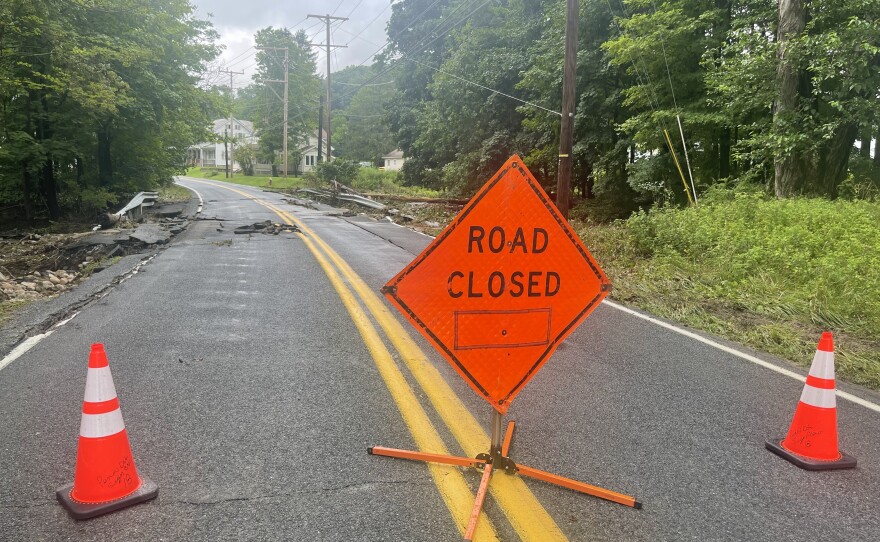BETHLEHEM, Pa. – When natural disasters strike, older adults are disproportionately affected.
That's why the Federal Emergency Management Agency will hold a first-of-its-kind summit this week in Philadelphia focused on those ages 65 and older.
It comes as the U.S. Census Bureau projects that age group will outnumber those under the age of 18 by 2034 — a demographic divide that will be a first in U.S. history.
- FEMA will hold a first-of-its-kind summit this week focused on those aged 65 and older
- The event will bring together senior advocacy groups with state and federal partners
- Northampton County has endured more weather-related federal disasters than almost anywhere else in Pennsylvania over the last decade
“As this segment of the population increases, emergency managers must consider disparities and barriers involving age, income and access and functional needs along with the many vulnerability factors that may make preparing for disasters more difficult for some individuals and communities,” MaryAnn Tierney, FEMA’s Region 3 regional administrator, said in a news release.
Building partnerships
The event will bring together senior advocacy groups with state and federal partners.
Attendees will include the U.S. Department of Homeland Security’s Center for Faith-Based and Neighborhood Partnerships, AARP, Pennsylvania Department of Aging, National Indian Council on Aging, National Advisory Committee on Seniors and Disasters, American Red Cross and the Institute for Diversity and Inclusion in Emergency Management.
Additional emergency management agencies, and mental health and public health professionals also will attend.
The focus will be on dissemination of life-saving individual and community preparedness information, as well as ways to maximize outreach efforts to older adults.
"Older adults often have long-term perspectives and longstanding relationships that can inform community planning efforts"MaryAnn Tierney, FEMA's Region 3 regional administrator
The goal is to support collaboration and planning.
"Older adults often have long-term perspectives and longstanding relationships that can inform community planning efforts,” Tierney said. “As an inherently resilient population, older adults have much to offer to communities, both in steady-state life and in post-disaster recovery.”
Northampton County has most disaster occurrences
A survey by the state Emergency Management Agency revealed that only 26% of Pennsylvanians age 65 and older have a plan in place when disaster strikes.
That’s not good news for the Lehigh Valley, where Northampton County has a large senior population and has endured more weather-related federal disasters than almost anywhere else in the state over the past decade.
The most recent was a severe flash flooding event on Sunday, July 16.
As of July 21, 11 municipalities reported damages from the event; six municipalities have enacted disaster declarations and the county has gotten reports of residential damages from more than 150 households.
Affected residents are encouraged to visit http://ncem-pa.org/ to start the assessment process. That will let the county send detailed damage reports to both PEMA and FEMA.
A Crisis Clean-Up Hotline also also been established at 844-965-1386 and will remain open through Friday, Aug. 4. The Crisis Clean-Up Hotline is not affiliated with any local, county, state or federal agency.
Resources for older adults:
The “Guide to Expanding Mitigation: Making the Connection to Older Adults,” released by FEMA and AARP
The AARP Disaster Resilience Tool Kit features strategies to help local, state and community leaders and advocates reduce the risk and impacts of disasters on older adults.
Additional resources in both English and Spanish can be found at www.Ready.gov/older-adults and Ready.gov/es/adultos-mayores.









